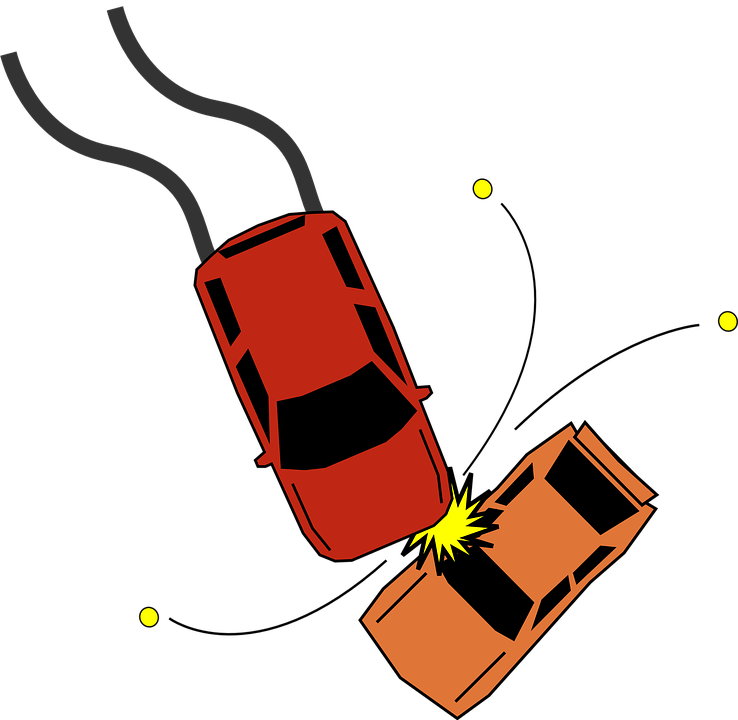There are four types of car collisions: rear-end, side-impact, head-on, and rollover. Each type can result in different injuries to the passengers involved. In some cases, it can be difficult to determine who is responsible for the accident. In this blog post, we will discuss each type of collision and how to determine responsibility.
Side-Impact Collisions
A side-impact collision, also known as a T-bone collision, happens when the front of one car hits the side of another. Usually, a T bone car accident occurs at intersections when one driver fails to yield the right of way. Side-impact collisions can be very dangerous because the occupants of the car are vulnerable to being hit by debris or ejected from the vehicle.
Rear-End Collisions
Rear-end collisions are the most common type of car accident. They occur when one car rear-ends another. Rear-end collisions can be caused by following too closely, distracted driving, or braking suddenly. In some cases, weather conditions can contribute to rear-end collisions. These accidents are often minor, but they can still cause injuries to the occupants of the car. When deciding who is at fault in a rear-end collision, the police will usually look at who was following too closely or if there were any other contributing factors.
Head-On Collisions
A head-on collision occurs when the front of one car hits the front of another. Head-on collisions are the most dangerous type of car accident and often result in serious injuries or fatalities. They are typically caused by distracted driving, speeding, or driving under the influence. When two cars collide head-on, it is usually easy to determine who is at fault. If one car is in the wrong lane or crosses the center line, that driver will likely be held responsible. These accidents are often fatal, and they can cause serious injuries to the occupants of the car.
Rollover Accidents
Rollover accidents are less common than other types of car accidents, but they can be just as dangerous. Rollover accidents occur when a car flips over on its side or roof. They can be caused by distracted driving, speeding, or driving under the influence of drugs or alcohol. Rollover accidents are more likely to occur in SUVs and trucks than in other types of cars. When determining who was at fault in a rollover accident, the court will look at the circumstances of the accident to see if there was any negligence on the part of the driver. If the driver was found to be at fault, they may be liable for the injuries and damage caused in the accident.
Car accidents can be caused by a variety of factors, and it is often difficult to determine who is at fault. If you are involved in a car accident, it is important to seek legal counsel to help you understand your rights and options. An experienced car accident lawyer can investigate the circumstances of the accident and help you get the compensation you deserve. They will also handle all of the paperwork and negotiations with the insurance companies so that you can focus on recovering from your injuries.



